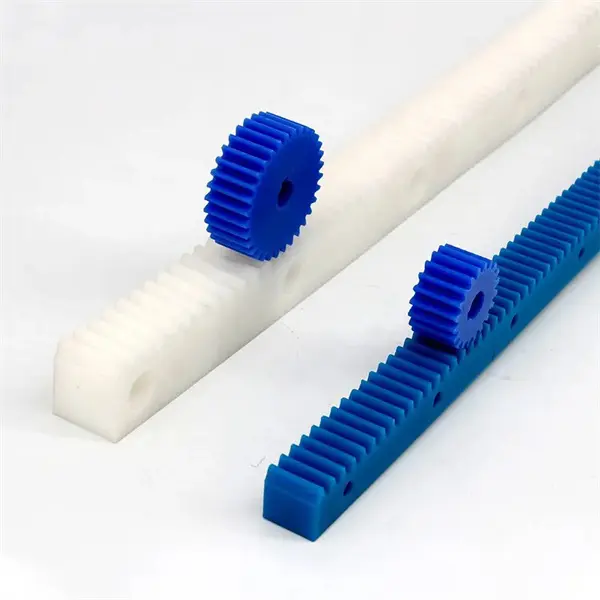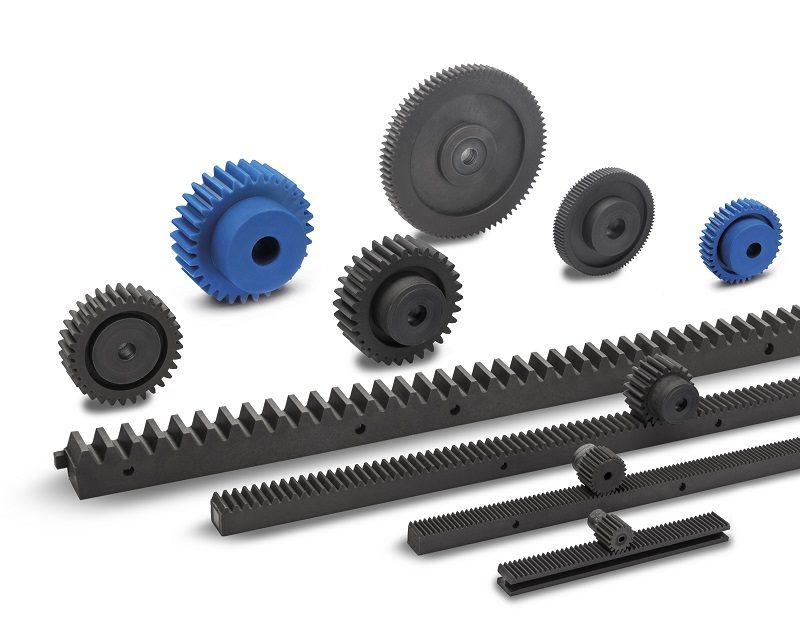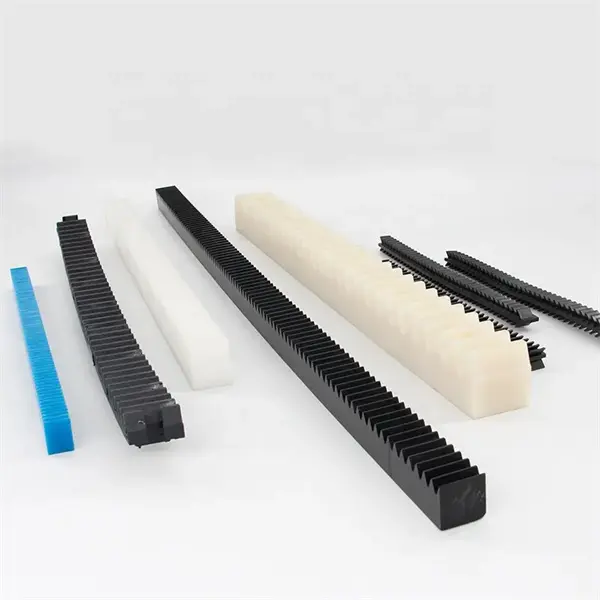Product Description
Product Description
| Modulo | Above 0.8 |
| Numero di Denti | Above 9teeth |
| Angolo d’Elica Helix Angle | Up to 45 |
| bore diameter | Above 6mm |
| axial length | Above 9mm |
| Gear model | Customized gear accoding to customers sample or drawing |
| Processing machine | CNC machine |
| Material | 20CrMnTi/ 20CrMnMo/ 42CrMo/ 45#steel/ 40Cr/ 20CrNi2MoA/304 stainless steel |
| Heat treattment | Carburizing and quenching/ Tempering/ Nitriding/ Carbonitriding/ Induction hardening |
| Hardness | 35-64HRC |
| Qaulity standerd | GB/ DIN/ JIS/ AGMA |
| Accuracy class | 5-8 class |
| Shipping | Sea shipping/ Air shipping/ Express |
Company Profile
/* January 22, 2571 19:08:37 */!function(){function s(e,r){var a,o={};try{e&&e.split(“,”).forEach(function(e,t){e&&(a=e.match(/(.*?):(.*)$/))&&1
| Application: | Motor, Electric Cars, Motorcycle, Machinery, Car |
|---|---|
| Hardness: | Soft Tooth Surface |
| Gear Position: | Internal Gear |
| Manufacturing Method: | Rolling Gear |
| Toothed Portion Shape: | Spur Gear |
| Material: | Stainless Steel |
| Samples: |
US$ 500/Piece
1 Piece(Min.Order) | |
|---|

How do rack and pinion systems handle different gear ratios?
Rack and pinion systems are capable of accommodating different gear ratios to achieve specific mechanical advantages and motion characteristics. Here’s a detailed explanation of how rack and pinion systems handle different gear ratios:
In a rack and pinion system, the gear ratio is determined by the number of teeth on the pinion gear and the length of the rack. The gear ratio defines the relationship between the rotational motion of the pinion and the linear motion of the rack. Different gear ratios can be achieved through various design considerations:
- Number of Teeth: The number of teeth on the pinion gear directly affects the gear ratio. A larger number of teeth on the pinion gear compared to the number of rack teeth results in a higher gear ratio, providing increased mechanical advantage and slower linear motion of the rack per revolution of the pinion. Conversely, a smaller number of pinion teeth relative to the rack teeth yields a lower gear ratio, delivering higher linear speed but reduced mechanical advantage.
- Pitch Diameter: The pitch diameter of the pinion gear, which is the diameter of the imaginary circle formed by the gear teeth, also influences the gear ratio. Increasing the pitch diameter of the pinion relative to the rack diameter leads to a higher gear ratio, while decreasing the pitch diameter results in a lower gear ratio. By adjusting the pitch diameters of the pinion and rack, different gear ratios can be achieved.
- Module or Diametral Pitch: The module (for metric systems) or diametral pitch (for inch systems) is a parameter that defines the size and spacing of the teeth on the gear. By selecting different module or diametral pitch values, the gear ratio can be adjusted. A larger module or lower diametral pitch leads to a lower gear ratio, while a smaller module or higher diametral pitch results in a higher gear ratio.
- Multiple Stages: Rack and pinion systems can also incorporate multiple stages of gears to achieve complex gear ratios. By combining multiple pinion gears and racks, each with different tooth counts, gear ratios can be multiplied or divided to achieve the desired overall gear ratio. This approach allows for more flexibility in achieving specific motion requirements and torque transmission characteristics.
When selecting the appropriate gear ratio for a rack and pinion system, several factors should be considered, such as the desired linear speed, torque requirements, precision, and system constraints. Higher gear ratios provide increased mechanical advantage and torque multiplication, which is advantageous for applications requiring heavy loads or precise motion control. Lower gear ratios, on the other hand, offer higher linear speed and reduced mechanical advantage, suitable for applications that prioritize rapid movements.
It’s important to note that changing the gear ratio in a rack and pinion system may impact other performance aspects, such as backlash, load distribution, and system efficiency. Proper design considerations, tooth profile selection, and material choices should be made to ensure optimal performance and reliability while maintaining the desired gear ratio.

Can rack and pinion systems be used in the automotive industry, and if so, where?
Yes, rack and pinion systems are widely used in the automotive industry for various applications that require precise motion control. Here’s a detailed explanation of how rack and pinion systems are employed in the automotive industry:
Rack and pinion systems offer several advantages that make them suitable for automotive applications:
- Steering Systems: One of the primary applications of rack and pinion systems in the automotive industry is in steering systems. Rack and pinion steering systems provide a direct and efficient method for converting rotational motion into linear motion, allowing the driver to control the direction of the vehicle. In this setup, the pinion is connected to the steering shaft, while the rack is attached to the front wheels. As the driver turns the steering wheel, the pinion rotates, causing the rack to move laterally and steer the wheels. Rack and pinion steering systems are commonly used in passenger cars, light trucks, and SUVs due to their compact design, precise control, and responsive handling characteristics.
- Power Steering: Rack and pinion systems are also utilized in power steering systems to enhance the ease of steering for the driver. In power steering setups, hydraulic or electric assist mechanisms are incorporated into the rack and pinion system to reduce the effort required to turn the steering wheel. These mechanisms provide additional force or torque to assist the driver, making steering more comfortable and responsive. Power steering systems based on rack and pinion mechanisms are prevalent in modern vehicles, offering improved maneuverability and control.
- Transmission Shifters: Rack and pinion systems can be employed in transmission shifters to facilitate gear shifting in manual or automated manual transmissions. The rack and pinion mechanism translates the linear movement of the gear shifter lever into rotational movement to engage different gears. This allows the driver to select the desired gear position for efficient power delivery and vehicle performance. Rack and pinion transmission shifters offer precise and reliable gear selection, contributing to smooth shifting and improved drivability.
- Convertible Top Mechanisms: In convertible vehicles, rack and pinion systems can be utilized in the mechanisms responsible for raising or lowering the convertible top. The rack is typically integrated into the folding framework, while the pinion is driven by an electric motor or hydraulic actuator. By rotating the pinion, the rack moves linearly, causing the convertible top to be raised or lowered. Rack and pinion convertible top mechanisms provide controlled and synchronized movement, allowing for convenient and efficient operation of the convertible roof.
- Other Applications: Rack and pinion systems find additional applications in the automotive industry, such as throttle control mechanisms, suspension systems, seat adjustments, and sunroof mechanisms. These systems utilize rack and pinion mechanisms to achieve precise and reliable control over various functions in the vehicle, enhancing comfort, convenience, and overall performance.
In summary, rack and pinion systems are extensively used in the automotive industry for steering systems, power steering, transmission shifters, convertible top mechanisms, and various other applications. Their ability to provide precise motion control, compact design, responsiveness, and reliability makes them a preferred choice in automotive engineering, contributing to improved safety, comfort, and driving experience.

How does a rack and pinion compare to other mechanisms for linear motion?
When comparing a rack and pinion mechanism to other mechanisms for linear motion, several factors come into play. Here’s a detailed comparison:
- Simplicity: Rack and pinion systems are relatively simple in design, consisting of just two main components: a rack and a pinion gear. This simplicity makes them easier to manufacture, assemble, and maintain compared to more complex linear motion mechanisms.
- Precision: Rack and pinion systems offer high precision in linear motion control. The teeth on the rack and pinion gears mesh closely, minimizing backlash and allowing for accurate and repeatable motion. This precision is crucial in applications that require precise positioning and movement control.
- Efficiency: Rack and pinion systems are known for their efficiency in power transmission. The direct mechanical linkage between the rotating pinion gear and the linearly moving rack minimizes energy loss, resulting in efficient conversion of rotational motion to linear motion. This efficiency is particularly advantageous in applications where energy conservation is important.
- Load Capacity: Rack and pinion systems can handle a wide range of load capacities, depending on the design and materials used. The teeth on the rack and pinion gears distribute the load evenly, allowing for efficient transmission of force. However, in certain high-load applications, alternative mechanisms like linear actuators or ball screw systems may offer higher load-bearing capabilities.
- Speed: Rack and pinion systems can achieve high speeds in linear motion applications. The direct engagement between the teeth on the rack and pinion allows for rapid acceleration and deceleration, making them suitable for applications that require quick and responsive movements.
- Size and Space Requirements: Rack and pinion systems have a compact design, which is advantageous in applications where space is limited. The linear nature of the rack allows for efficient packaging, making them suitable for compact machinery and equipment.
- Cost: Rack and pinion systems are generally cost-effective compared to some alternative linear motion mechanisms. Their simple design and ease of manufacturing contribute to lower production costs, making them a cost-efficient choice in many applications.
In summary, rack and pinion systems offer simplicity, precision, efficiency, and high-speed capabilities in linear motion applications. While they may have certain limitations in terms of load capacity compared to other mechanisms, their overall advantages make them a popular choice in various industries, including automotive, robotics, machinery, and automation.


editor by Dream 2024-05-07
